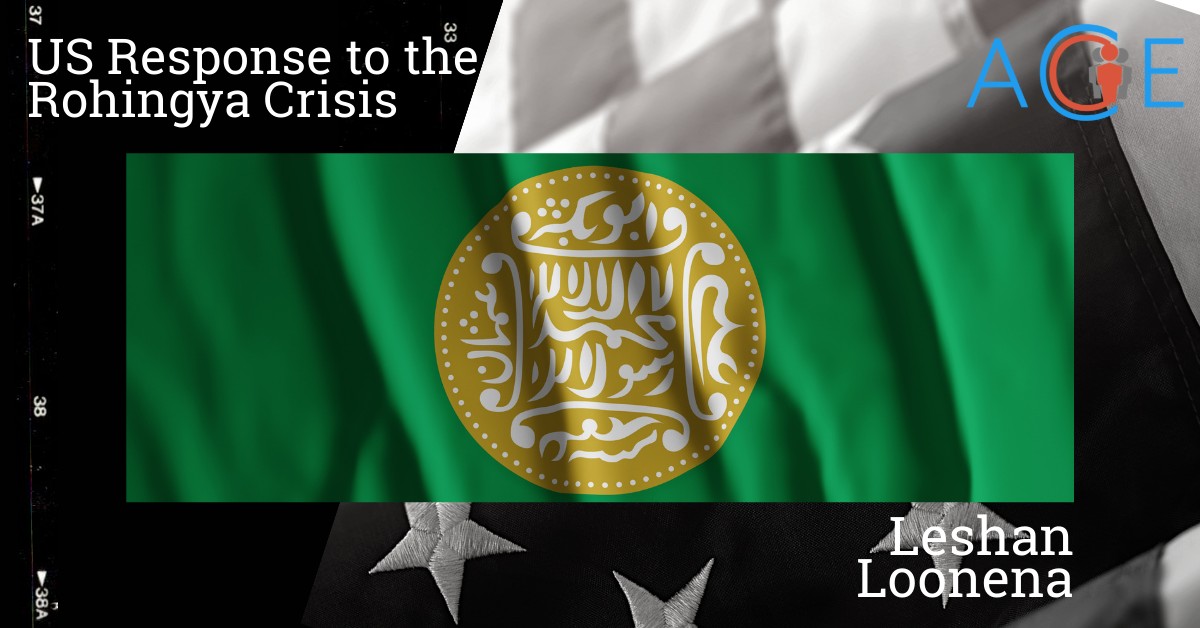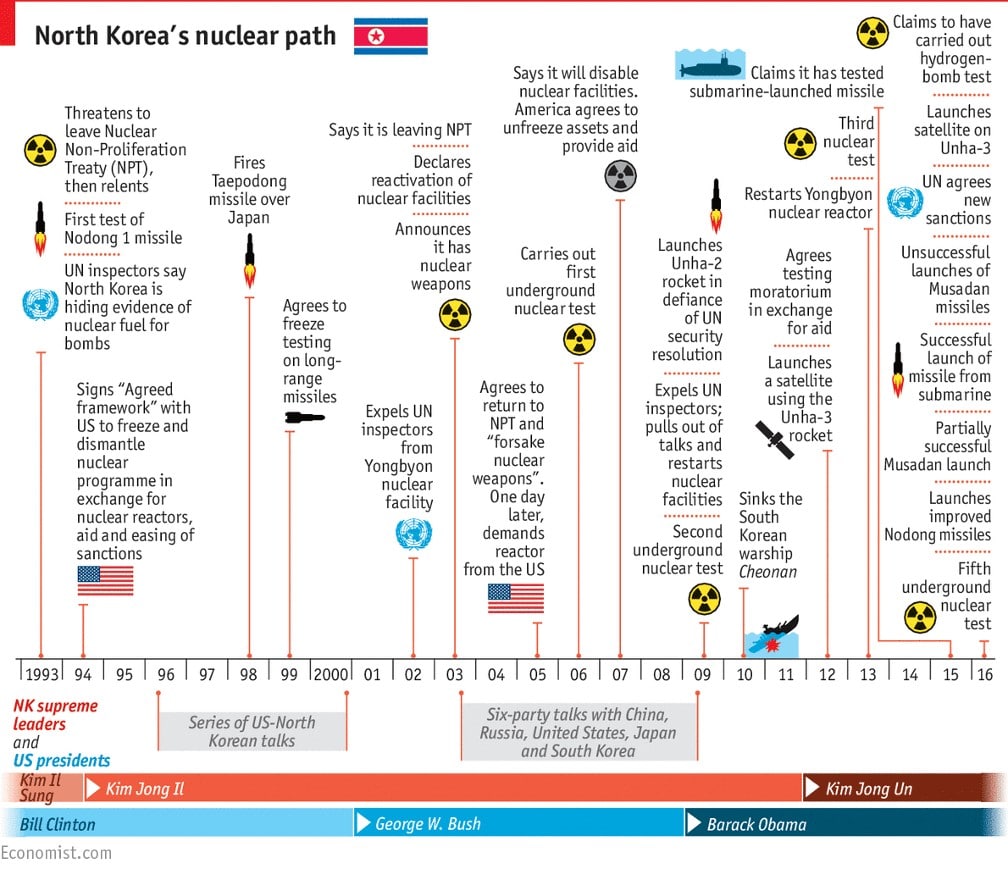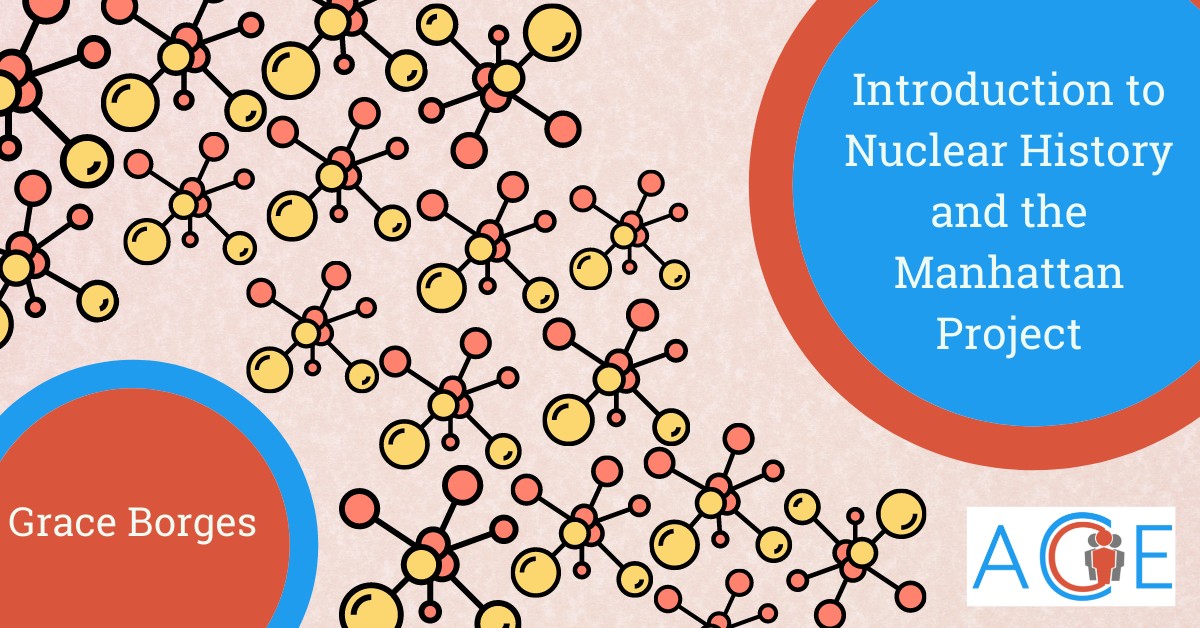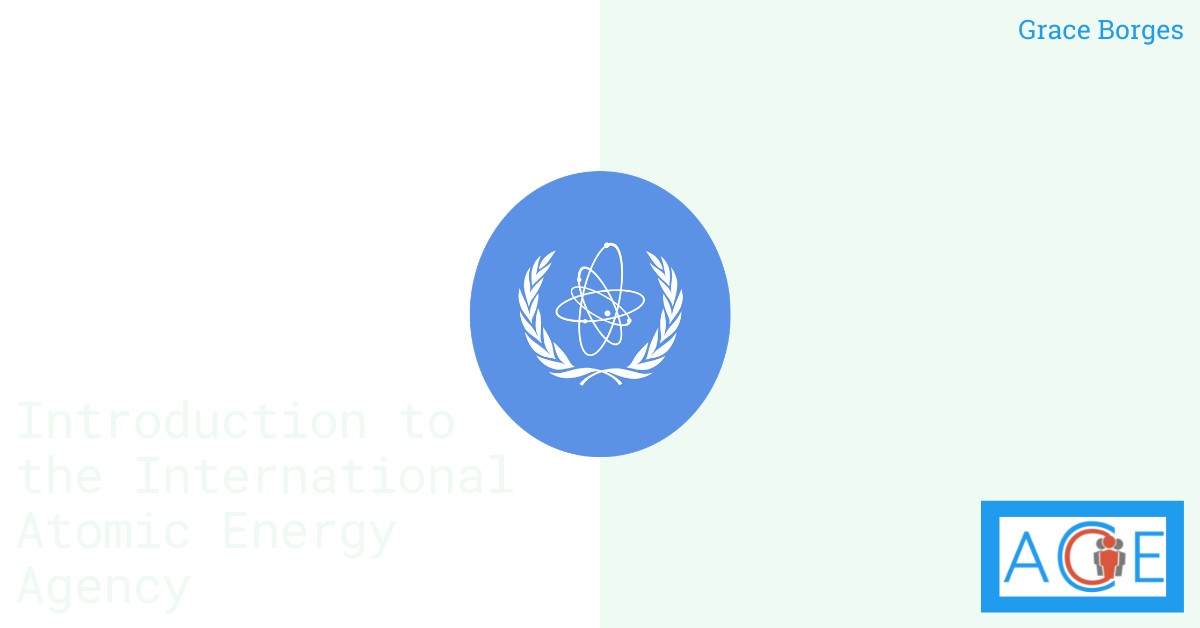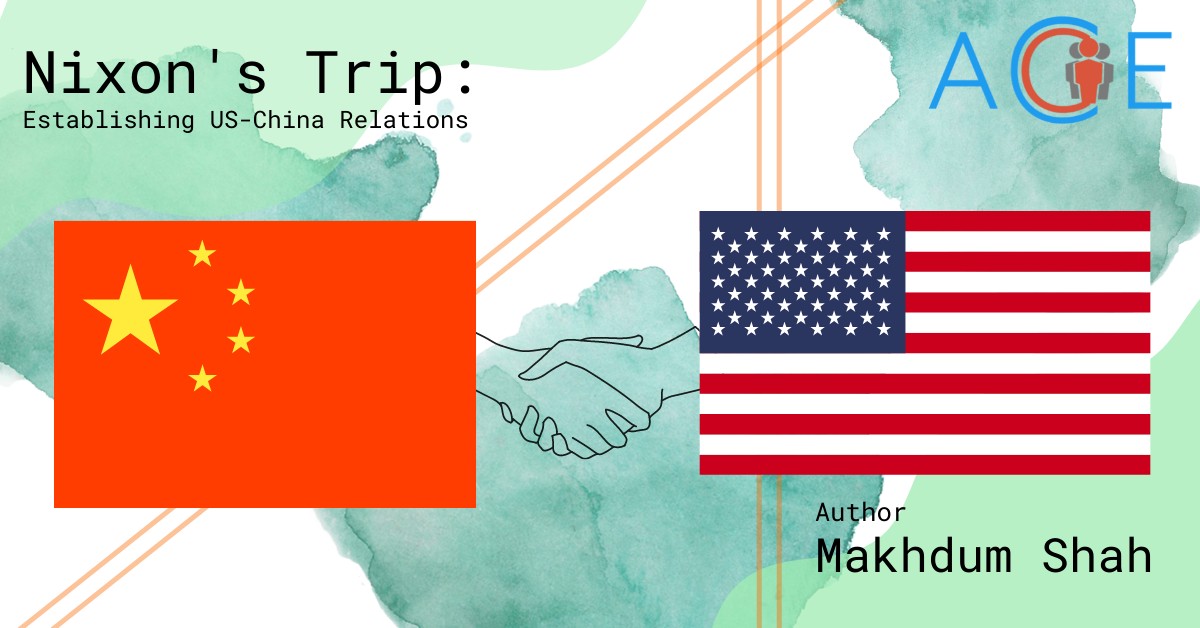Click here to read this paper as a PDF.
The Rohingya people of Myanmar are a majority-Muslim ethnic group native to the coastal Rakhine State in Myanmar. Before the mass migration of Rohingyans, there were an estimated 1.5 million living in Myanmar.
Despite making up only 2% of the entire Myanmar population in 2014, the Rohingya people have been subject to numerous human rights violations such as having their right to vote and citizenship stripped away in 1974 and 1982. As a result, the Rohingya people have been subject to state-sponsored, violent crackdowns such as Operation Dragon King in 1978, Operation Clean and Beautiful in 1991, the 2012 Rakhine State Riots and the recent Refugee Crisis.
The current refugee crisis began on August 25th, 2017, when a group of militant Rohingya Muslims attacked police bases in northern Myanmar. The army retaliated by burning villages, killing civilians, and raping women. More than 420,000 Rohingyas have crossed the border into Bangladesh, thereby making them stateless refugees.
In September 2019, the United Nations-backed International Independent Fact-Finding Mission on Myanmar found that the 600,000 Rohingya remaining in Myanmar “may face a greater threat of genocide than ever.” Although some news sources have dubbed the state-sponsored violence a genocide, the UN and other state authorities such as the United States government have yet to officially declare it a genocide.
The Rohingya Crisis has sparked an international backlash from the global community, particularly regarding the military’s actions and the failure of the governing Aung San Syu Kyi administration. Syu Kyi’s government has repeatedly failed to condemn the attacks and avoided mentioning the Rohingyas by name, claiming that no violence or village clearances had occurred. Her reaction to the event has resulted in criticism from the media and sparked discussion around revoking her 1991 Nobel Laureate award. However, as of 2021, no actions have been taken to do so.
The United Nations condemned the crisis, and the UNHCR launched a Joint Response Plan (JRP) for the Rohingya Humanitarian Crisis, calling for US$951 million to continue delivering lifesaving assistance from March to December 2018. As of early August 2018, the JRP remains just 32 per cent funded.
Under the administration of Donald Trump, the United States denounced the actions of the Burmese government, with former Vice President Mike Pence calling the situation a “historic exodus” and a “great tragedy.” Vice President Pence also noted the situation could, “sow seeds of hatred and chaos that may well consume the region for generations to come and threaten the peace of us all.” The United States State Department issued a statement condemning the issue and applauding the efforts of the neighboring Bangladeshi government to provide aid and refuge to fleeing Rohingya.
In 2018, the U.S. Government responded to the Rohingya by imposing sanctions on the Myanmar military over the Rohingya crackdown. These sanctions were imposed on top Myanmar generals, police commanders, and two army units, accusing them of ethnic cleansing against Rohingya Muslims and widespread human rights abuses. Since August 2017, the United States has provided humanitarian aid amounting to more than $760 million to the Rohingya refugees in Bangladesh. This aid was allocated to the UN bodies working in the area to establish refugee schools and provide necessary food, shelter, and other resources. The Biden administration is yet to give an official response concerning the crisis, but has continued former President Donald Trump’s sanctions on key military generals involved in engineering the crisis.
